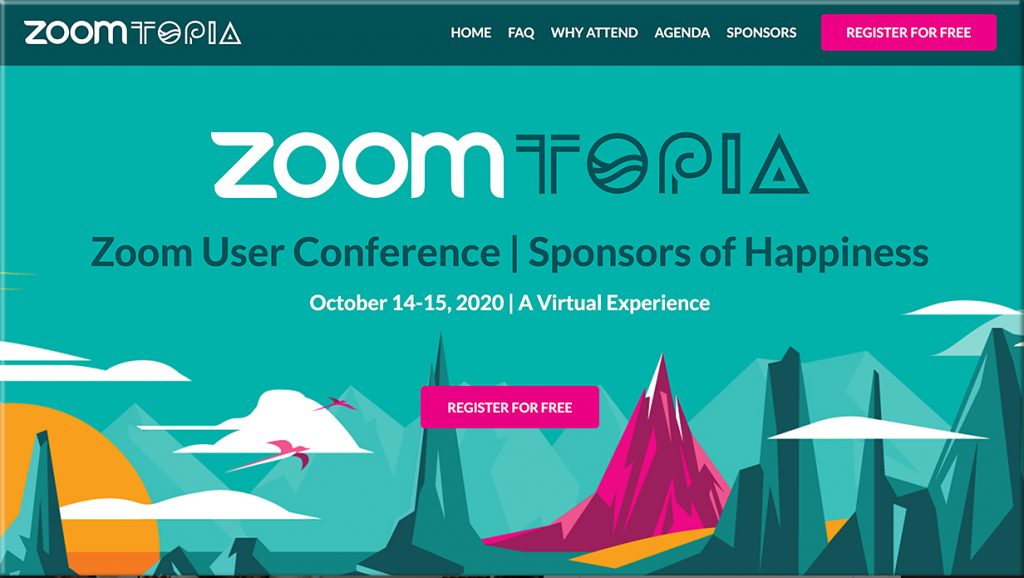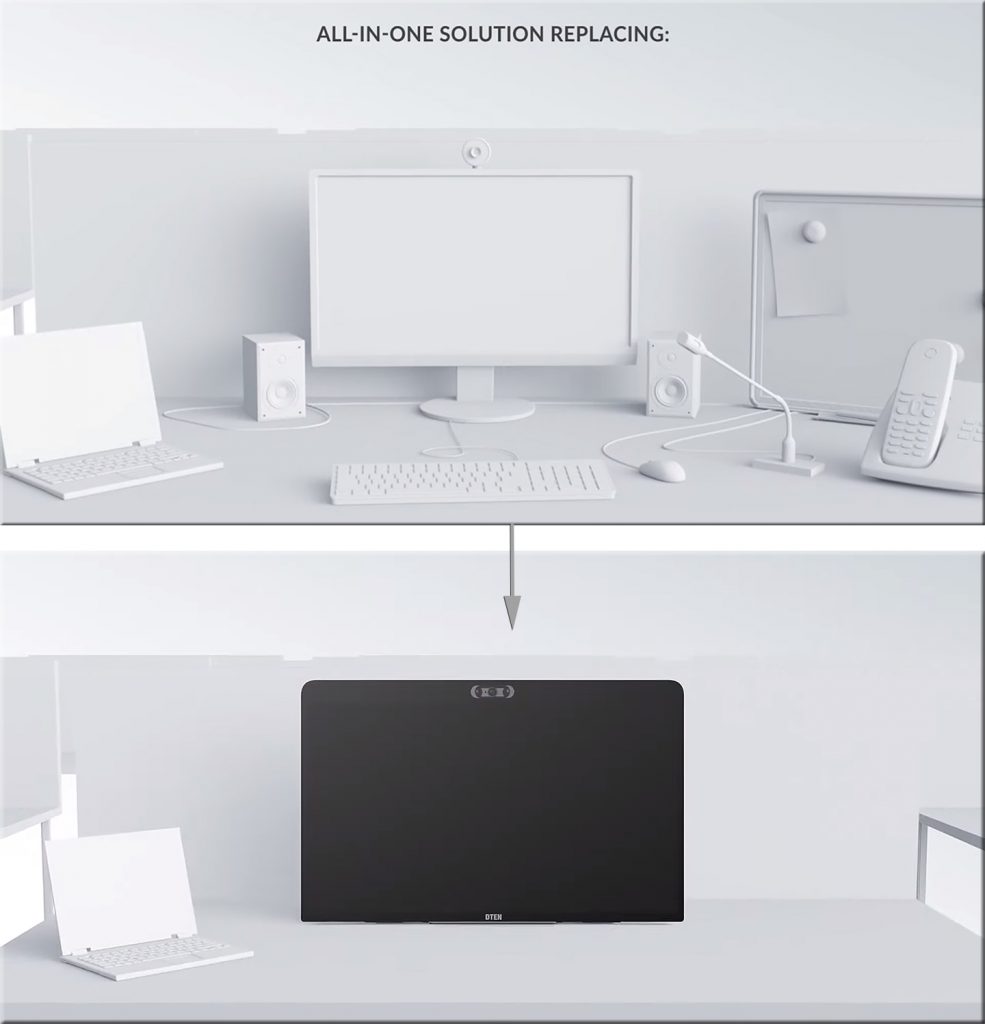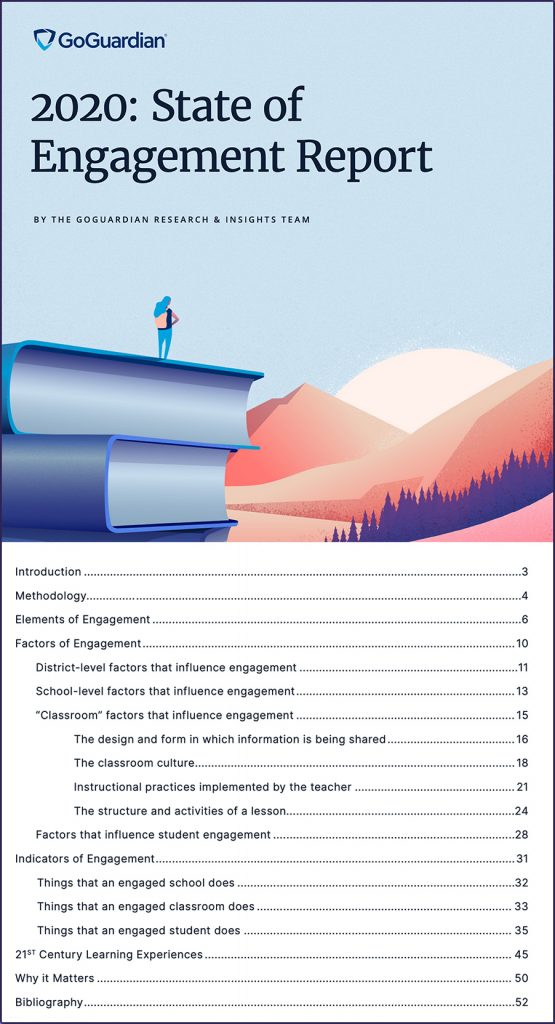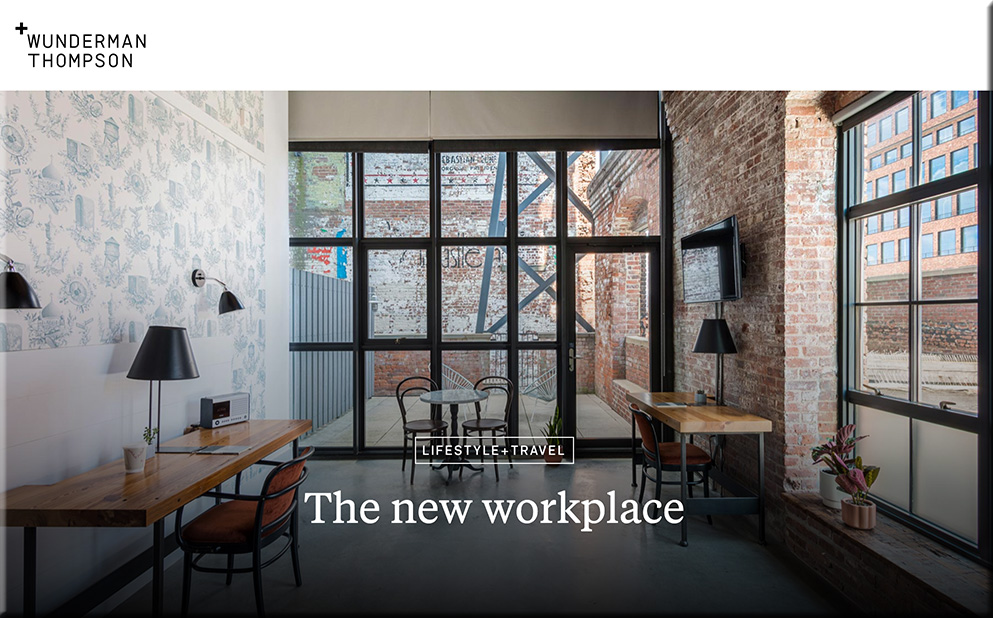Also see:
Zoom for Home – DTEN ME is an all-in-one personal collaboration device for your home office
Livestreamed Chemistry Labs Keep Learning Real — Mistakes, Spills and All — from campustechnology.com by Dian Schaffhauser
Excerpt:
To keep students engaged, the synchronous sessions include small-group breakout sessions and on-the-spot activities like having students name compounds; balance chemical equations; predict the outcomes of experiments; and calculate masses, amounts and concentrations for the chemicals used.
From DSC:
Per Wikipedia, this is a 1910 Model T that was photographed in Salt Lake City:
From DSC:
The Ford Model T didn’t start out looking like a Maserati Gran Turismo from 2021! Inventions take time to develop…to be improved…for new and further innovations and experiments to take place.
Thinking of this in terms of online-based learning, please don’t think we’ve reached the end of the road for online-based learning.
The truth is, we’ve barely begun our journey.
Two last thoughts here
1 ) It took *teams* of people to get us to the point of producing a Maserati like this. It will take *teams* of people to produce the Maserati of online-based learning.
2) In terms of online-based learning, it’s hard to say how close to the Maserati that we have come because I/we don’t know how far things will go. But this I do know: We have come a looooonnnnnggggg ways from the late 1990s! If that’s what happened in the last 20 years — with many denying the value of online-based learning — what might the next 5, 10, or 20 years look like when further interest, needs, investments, etc. are added? Then add to all of that the momentum from emerging technologies like 5G, Augmented Reality, Mixed Reality, Virtual Reality, Artificial Intelligence, bots, algorithms, and more!
From DSC:
To drive the point home, here’s an addendum on late 9/29/20:
- Mercedes-Benz Shares Video of Avatar Electric Car Prototype — interestingengineering.com by Fabienne Lang
The German car company shared footage of the breathtaking vehicle prototype.
How to Engage Students (and Identify Them) — from thejournal.com by Dian Schaffhauser
Excerpt (emphasis DSC):
“The lessons that created the most engaging experiences for students often were a combination of opportunities that encouraged discussion, gave students learning choices and allowed students to create. These elements are immensely transferable both in the online and in-person classroom and can facilitate a positive learning environment, whether in a synchronous or asynchronous setting.”
The report is available with an email address through the GoGuardian website.
Purdue Shares Look Inside HyFlex Classroom — from campustechnology.com by Rhea Kelly
Excerpt:
He started blending both face-to-face and online instruction in his classrooms weeks before Purdue officially shifted to remote learning last spring.
Mentzer wanted his students to be able to participate in class remotely in real time or physically attend on any given day, according to a university news story.
…
“If students are unable to come to class for a period of time because they are in isolation or quarantined, they can complete the requirements online and continue progressing in the course,” she noted.
Teaching in a Hybrid Classroom – What’s Working, What’s Not — from derekbruff.org by Derek Bruff
Excerpt:
Now that we’re a few weeks into the semester, I wanted to know what was working and what was a continuing challenge for instructors, so I convened a conversation on teaching earlier this week attended by 18 of my faculty colleagues representing a range of disciplines. They were excited to be back in the classroom this fall. “There’s a different energy when we’re face-to-face,” one of them said. We had a lively discussion via Zoom about hybrid teaching, including what made it exciting and what made it frustrating, and I wanted to share a few highlights here on the blog.
I waited a minute or two while the participants thought and typed, and when it was clear that most of the participants were no longer typing, I said, “Ready, set, go!” Everyone hit enter, and a slew of responses appeared in the chat at the same time. At this point, we all spent a couple of minutes reading through the responses. I selected a couple that were particularly interesting and called on those participants to elaborate via video.
Also see:
Active Learning in Hybrid and Physically Distanced Classrooms — from cft.vanderbilt.edu by Derek Bruff
If I’m standing at the front of the classroom with half or a third of my students in the room with me, but sitting six feet apart from each other and wearing masks, while the rest of my students are joining class by videoconference, what strategies might I employ to engage all of my students in meaningful learning?
I’m going to try to outline some options here in this blog post, drawing on ideas and resources from across the higher education community, but I would enthusiastically welcome additional approaches in the comments below or via Hypothesis annotations.
Derek Bruff
Today’s awkward Zoom classes could bring a new era of higher education — from edsurge.com by Debra Spar
Excerpt:
Indeed, the forced march to Zoom has also forced colleges and universities to wrestle at last with the incipient promise of educational technologies; with the power that was evident, if not yet realized, in the early MOOCs. Much of that power has to do with scale–the ability to take a single course, even a single lecture, and share it across a vast universe of learners. But some also comes from the strange intimacy of the small screen, and from the possibilities of collapsing both time and space.
Office hours, for instance, migrate easily. Bringing in guest speakers works remarkably well, allowing faculty to introduce a wide range of voices into their classroom conversations. On the screen, everyone can see and hear and participate.
Top 200 Tools for Learning — from toptools4learning.com by Jane Hart
Excerpt:
The Top Tools for Learning 2020 was compiled by Jane Hart from the results of the 14th Annual Learning Tools Survey, and released on 1 September 2020. For general information about the survey and this website, visit the About page. For observations and infographics of this year’s list, see Analysis 2020.
“……hotels and restaurants, in the absence of their traditional clientele, are repurposing their spaces as rentable offices.”
Emily Safian-Demers (source)
Back-to-School Help for Students Without Internet — from by James K. Willcox
For millions of families, broadband access is a challenge. These resources can help bridge that digital divide.
Excerpt:
“If it wasn’t glaringly clear before, the pandemic has confirmed the vital importance of a broadband internet connection—one that is reliable, affordable, and in some cases, simply available,” says Jonathan Schwantes, senior policy counsel in Consumers Reports’ Washington, D.C., office. “Unfortunately, far too many Americans lack access or are unable to afford broadband.”
A new state-by-state report on America’s K-12 students by Common Sense and Boston Consulting finds that almost 16 million students and 10 percent of teachers lack adequate internet or computing devices at home. Minority households are among the most affected. Though 18 percent of white homes lack broadband, the figure rises to 26 percent for Latinx homes and 30 percent for Black homes. The percentage is even higher among Native American households.
From DSC:
Though this solid article lists some very helpful resources, we have to do much better than this as a nation! It’s not right.
My thanks to James McQueen for this resource.
From DSC:
Some of the following questions came to my mind recently:
- In this age of the Coronavirus, how can we think differently about learning experience design (#LXD)?
- How can *teams* of people come together to reimagine what learning could look like in the future? Who might be some new players at the table? More students? Artists? Actors? More animators? More technicians and people from A/V? Specialists in XR? Corporate trainers coming together with Instructional Designers from higher ed and from K-12? #learningecosystems #future
- How can we better tighten up the alignment between K-12, higher ed / vocational programs, and the corporate world?
- How can we make self-directed learning more prevalent (which would release an enormous amount of energy & creativity)? #heutagogy
Maybe those aren’t even the right questions…
If not, what do you think? What questions should we be asking about learning these days?
#LXD #learningecosystems #future #lifelonglearning #onlinelearning #highereducation #K12 #corporatelearning #heutagogy
The main thing we need to remember is that this space no longer serves as an accessory to face-to-face teaching. It is now our main contact point with learners, so it needs to play different roles: communication channel, learning path, interaction platform and community space. Teachers therefore need a certain degree of freedom to design this space in the best way that suits their teaching style and philosophy as well as their course content and learning objectives.
…
What became obvious in the past months is that when it comes to teaching and learning fully online, the learning experience design aspect, including look, feel and logic of the platform from the users’ perspective- be it teachers or students-, are at least as important as the content.(source)
At home, workers seek alternative credentials — from insidehighered.com by Lindsay McKenzie
Interest in alternative online credentials spiked after people started working remotely this spring. Will the surge continue long-term?
Excerpt:
Several leading massive open online course providers, coding bootcamps and business schools offering non-degree credentials reported manyfold increases in web traffic, inquiries and enrollments.
From DSC:
I instantly see the inequities involved here — as only those with the resources can choose this route. Also, one would have to be careful about how many others are around you choosing to do the same thing. (Otherwise, it defeats the purpose of social distancing, and one might as well be back in a physical classroom.)
All that said, I post this because I’m intrigued by the different ways people are enhancing their learning ecosystems. The creativity out there is wonderful to see. Learning should be fun.
For that matter, a few words could be interchanged to create a slightly different perspective here…


I’m a teacher headed back to school next month. It’s going to be traumatic. — from co.chalkbeat.org by Autumn Jones
A teacher mental health crisis is coming. Schools should prepare themselves now.
Excerpts:
Last week, the Colorado district where I teach announced schools would return August 18 for a hybrid of in-person and remote learning. That means that teachers must face the reality of walking into a school building where little of what we were taught about being a teacher will apply. We will be expected at school five days a week, teaching alternating groups of students while also providing remote instruction for those learning from home.
What happens when, instead of getting the virus, we see educators experience anxiety, panic attacks, or stress-induced ailments? Do schools have the necessary supports in place to care for the mental health of its educators?
From DSC:
Which brings up some important questions re: teacher education / student teaching:
- How are schools of education dealing with the Coronavirus? For example, can a student-teacher get the appropriate credits if they teach a learning pod?
- How are schools of education modifying how they prepare the teachers of tomorrow? Are they (hopefully) introducing more training in how to teach online?
- What curriculum changes are in the works (hopefully) as I write this?
- Will many teachers leave this area of work and pursue other pathways/opportunities?
- And numerous other questions I’m sure.
To the editor: One problem frequently cited as a reason not to open schools is space. Social distancing requirements would be difficult to meet if students congregated in classrooms.
Hotels and motels were opened to homeless people and healthcare providers. This arrangement helped those businesses stay open.
Similarly, why not use restaurants as classrooms? They have tables and chairs that can be spaced far apart, restrooms that can be supplemented with portable units in the parking lot, food services, water and air conditioning.
Renting the spaces might help keep these businesses alive too. Movie theaters might also be considered as facilities that could meet our educational needs.
Jennifer M. Rapaport, Los Angeles
















![Learning from the Living [Class] Room](http://danielschristian.com/learning-ecosystems/wp-content/uploads/2019/12/LearningFromTheLivingClassRoom2-DanielChristian-SM-1024x655.jpg)


